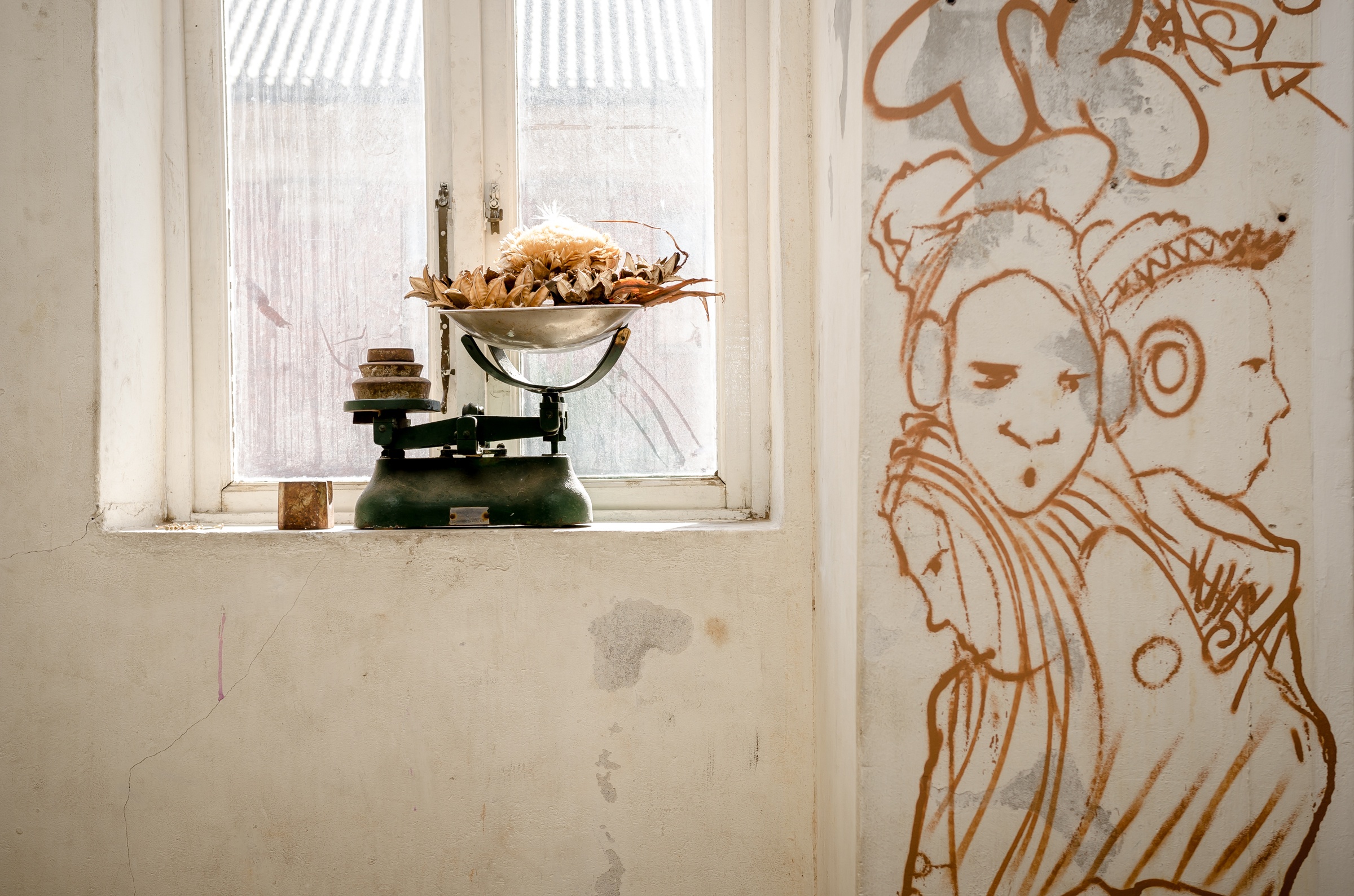
Coordinator:
francis burger
The Apocalypse Pantry is a futuristic fiction that manifests through the collaborative practice of Zayaan Khan and Heather Thompson. Imagining Cape Town in a time of apocalypse, Khan and Thompson forage and experiment with useful plants and other matter, creating survival guidelines and sharing in ‘apocalypse optimism’.
Khan and Thompson are enthusiastic and encyclopedic practitioners accomplished in diverse fields, from land reform and food sovereignty to green roofing systems, confectionery design, and entomophagy. Apocalypse Kitchen is embedded in land and food justice. From indigenous food reclamation to art as a tool for narrative, food becomes a way to share stories of struggle and solution.








